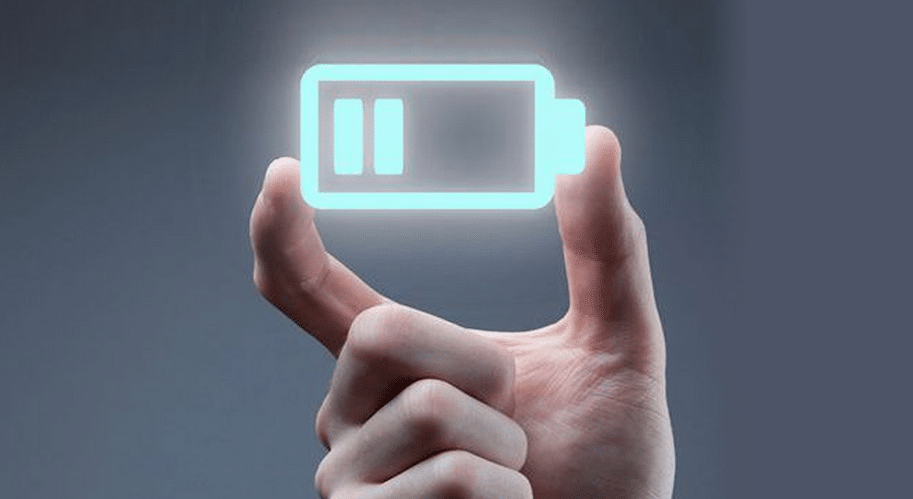We’re launching a new newsletter that’s focused exclusively on energy storage industry news and analysis. There’s an overwhelming amount of content to sort through and digest each week. We think that some stories are especially important, while others are noise. In our round-up, we’re going to provide a short, bullet-point formatted summary of a few topics that we think are important and relevant. Additionally, we’ll provide our take on why it matters. In this inaugural round-up, we review: (1) the prospect of a standalone storage ITC, and Build Back Better (BBB) bill updates, (2) Energy storage supply constraints and delayed deliveries persist, (3) K&L Gates publishes their 2022 version of their Energy Storage Handbook.
The prospect of a standalone storage ITC; Build Back Better (BBB) bill updates
- (New York Times) ‘Build Back Better’ Hit a Wall, but Climate Action Could Move Forward
- (CNBC) House Democrats urge Biden to pass climate change portion of Build Back Better
Summary:
- The $2.2 trillion Build Back Better (BBB) bill, which passed the House of Representatives in November 2021 officially died in December 2021 when Senator Manchin (D-WV) publicly opposed the bill, which needed the support of all 50 senate Democrats.
- The BBB bill that passed the House included $555 billion in climate change investments, $320 billion of which were tax credits. This included a 30% federal investment tax credit (ITC) for standalone energy storage projects, which also included a “direct pay” option that provides direct cash payment for those that qualify, enabling tax-exempt entities to access the credits.
- House Democrats have renewed calls to Biden to revive the climate change investments portion of the BBB legislation via a narrower, scaled-back version of the bill. Recent reporting has indicated there is still hope and a path for the climate provisions and tax credits to get done.
ETB’s take on why this matters:
- The passage of a standalone storage tax credit has the potential to be the biggest energy storage policy tailwind of the decade. It would provide an incentive for storage projects in all 50 states, located both behind and in front of the meter, which energy research firm Wood Mackenzie previously forecasted would increase U.S. storage deployments by 20-25% over the next five years.
- A 30% storage ITC with a direct pay option would enable the economics of ESS in mature markets like California to become even stronger and more compelling. Whereas projects in non-economically viable markets or borderline viable markets, an ESS ITC could move the needle enough to make the value proposition pencil. This would create a wider addressable market for storage developers to target.
- Given that the BBB also included an extension of the 30% solar ITC, the bill passing would also result in meaningfully increased deployments of solar + storage projects. To claim an ITC on ESS for current PV+ESS projects, the ESS must charge a minimum of 75% from PV. Removing this restriction would give storage more flexibility to charge whenever is most economically advantageous, which would lead to additional value capture opportunities in some use-cases.
Energy storage supply constraints and delayed deliveries persist
- (Beroe) Shortage of Li-ion Batteries to Persist in Short-Run
- (S&P Global) ‘Logistics nightmare’ hits battery storage rollout: Enphase CEO
Summary:
- Beroe, a global procurement intelligence provider, forecasts the worldwide shortage of lithium-ion batteries to persist through the first half of 2022, caused by strong EV demand, semiconductor chip shortages, and factory closures in China due to strict Covid lockdowns. Beroe reported that China controls 80 percent of global raw material refining and 77 percent of global cell capacity.
- S&P Global quoted Enphase’s CEO saying, “Global shipping bottlenecks and soaring freight rates have created a logistics nightmare that is complicating the rollout of lithium-ion battery storage systems”, which other storage vendors and integrators are also having to contend with.
- Canary Media reported in the summer of 2021 (“The grid battery boom has triggered a supply shortage”) that strong demand for EV’s had triggered a shortage of battery cells used in stationary storage projects, with many top manufacturers nearing a sell-out of 2022 supply.
ETB’s take on why this matters:
- Long leads times, caused by raw material supply shortages and supply chain bottlenecks, create extra friction for project developers to get customer commitments and close projects.
- Commissioning delays create a layer of difficulty for construction scheduling, where projects also need to balance interconnection and incentive program milestones and deadlines. As well as coordinate with solar PV procurement, construction, and commissioning.
- Supply shortages have led to ESS/battery pricing increases from some vendors, which get passed through to the end-customer and can erode the economics of projects.
K&L Gates publishes their 2022 version of their Energy Storage Handbook
Summary:
- The K&L Gates handbook provides a primer on how storage is regulated by the federal and state governments, and the sorts of issues encountered when projects are financed and developed.
- The handbook allows project stakeholders to reference common regulatory and development issues, follow trends in state-specific laws, regulations, and policies, and learn what lies ahead in the future of energy storage.
ETB’s take on why this matters:
- Energy storage project developers need to stay abreast of a wide range of issues, depending on the location and application of their project. Given that project development and financing models are evolving, it’s necessary to stay appraised of which models are being utilized in different markets.
- Developers need to track storage policy evolution at their local utility, state, ISO/RTO, and federal levels. While ETB primarily focuses on behind-the-meter (BTM) projects, we’re now often evaluating opportunities where BTM bill savings gets coupled with wholesale revenues from grid services and demand response programs.
Other topics and worthwhile reads:
- (Utility Dive) As states ramp up storage targets, policy maneuvering becomes key
- (Energy Economics) Are coupled renewable-battery power plants more valuable than independently sited installations?
- (LinkedIn) The Obscure Rewards & Risks of Grid-Tied Battery Degradation Forecasting



